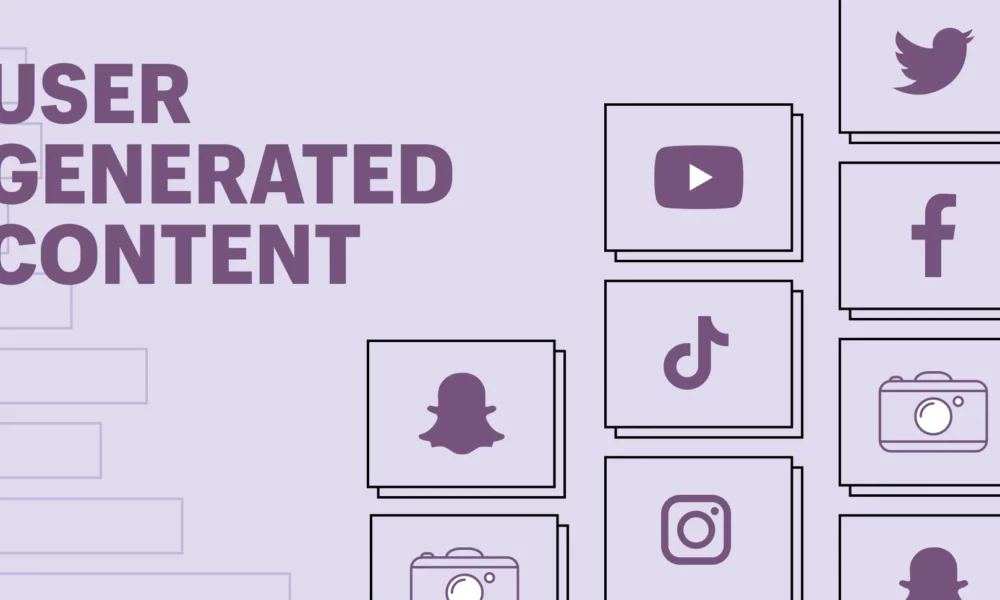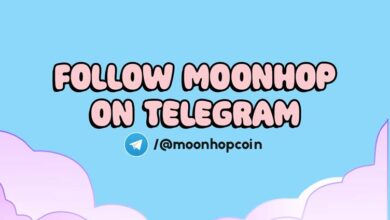What is user-generated content?

User-generated content, or UGC, is a type of promotional content that is created by the users rather than by any brand or promotional content writing service in India or other countries. There are different types of UGC, like product reviews from customers, testimonials, podcast conversations, social media posts, photographs, stories, and hashtag-related content, that we are familiar with.
Now, in this blog, you will learn about why UGC is important for digital marketing, a few practical examples, and tips to generate original UGC.
Why user-generated content is important?
Here are some reasons why UGC is important –
- Increase brand trust and authenticity
As UGCs are genuine creations of the users, they are more transparent than brand-created or professional content writing services’ content. The e-commerce personalisation brand Nosto has found that people consider UGC more authentic than brand-generated content. For example, when people purchase automation software, they must find its ‘downsides’ before spending a penny on it. The best way to find out the downsides is to go through the product reviews from the users. So, UGC increases the authenticity of a product, service, or brand and helps customers make an informed decision before a purchase.
Not only consumers but also marketers prefer UGC for authenticity and quality. This type of content gives them honest feedback on the product or service, what it lacks, and what improvements are to be made in the process.
- Grow the community and establish brand loyalty
UGC clears the path of conversation between the brands and the consumers. It improves the business-consumer relationship. As a result, the brand experiences community growth and improves brand loyalty. For example, 52% of PWC’s Customer Loyalty Survey shows that customers express their brand loyalty by recommending the brand to others.
Moreover, the UGC allows the customers to participate in the brand’s journey. As people love to become featured by your brand, they find interest in sharing content online and getting visibility. Thus, UGC increases brand trust and loyalty, too.
- Enhance conversions
If you’re looking to increase your brand’s conversion rate, UGCs are a great weapon for it. These UGCs act as the social proof that tells the users that your products are worthy of purchase. For example, when a user views positive reviews of specific clothing on an e-commerce site, it prompts them to try that product.
When there are more positive reviews about your products or services, you gain more potential customers, which then drives your revenue. Thus, UGC greatly influences the buyer’s journey and boosts ROI.
- Cost-effective than influencer marketing
When you prefer user-generated content, it will reduce the cost of your paid content production. As these are free content generated by your users, you can get the opportunity to spend your money on other activities like SEO and online advertising.
Also, UGCs are more cost-effective than influencer marketing. You may have to spend millions on hiring influencers to spread your brand message, but, in this case, you can ask your customers to leave their valuable opinions about your products/services.
- Work with social commerce
Social commerce, or purchasing through social media platforms, is the future of online shopping. That means people can purchase a product through social media sites instead of purchasing them from e-commerce sites. Suppose you’re scrolling through the Instagram newsfeed and see an elegant organza saree; you tap the product and decide to purchase it. Then, you will complete the transaction through the app through which the product was promoted. This is called social commerce.
As UCG drives more customers, it works well with social commerce. People also believe in UGC before purchasing products through social platforms.
Some of the best examples of user-generated content
- Shot on One Plus
One Plus asks its customers to participate in its UGC campaign called #ShotOnOnePlus on Instagram. It encourages people to upload photographs of people, nature, and other common subjects captured through the One Plus smartphone camera. With this campaign, the brand collects lots of real user-generated content and builds an engaged and loyal community. Moreover, this campaign gives a fair chance to demonstrate the capabilities of their product.
- Vans’ ‘Customs’
Vans’ Customise your Vans allows the users to share their customised shoe designs with the brand online. It encourages people to show their creativity and becomes the co-creator of the products. As a result, it creates a strong emotional connection between the brand and customers and increases brand awareness.
- Starbucks’ ‘White Cup Contest’
Starbucks’ White Cup Contest is one of the most popular UGC campaigns. The brand invited its customers to decorate their coffee cups through the #WhiteCupContest. They also offered a gift card of $300 and had the customers’ own designed coffee cups. As a result, this contest helped to increase the organic reach of the brand.
- Coca-Cola’s ‘Share a Coke Campaign’
Coca-Cola launched the #SharedaCoke campaign in 2011, encouraging people to find a bottle of Coca-Cola with their first name. The brand got lots of creative Instagram posts, casual selfies, and more UGC through this campaign. As a result, the brand got more engagement from the users.
Tips to get user generated content
- Set your goals
First, set a clear goal for your UGC campaign. Now, you may have different goals, such as driving more traffic to your website, increasing brand awareness, improving engagement between followers, or growing your community.
Suppose you want to boost your website traffic; you can encourage the users to share visual content. If you need to increase your brand awareness, you can ask your customers to feature your product in their Instagram stories. Then, you can track the likes and clicks on their stories to measure your success.
- Prioritise content channels
Next, you need to identify the channels where your potential customers are more active. How do you know where your customers are more active? You can check your different social media platform metrics, such as the number of followers, clicks, likes, shares, and comments, to get an idea.
For instance, if you work for a B2B company, you may prefer LinkedIn. Here, you will get more followers than on other platforms, where you can ask the users to respond to your survey, comment about your brand/product, or share their opinions. But if you work in a creative industry, you can ask your customers to make visual content like Instagram Reels and TikTok videos.
- Credit the original creator
Ensure that you have given clear credit to the original creator when sharing their content on your company’s social media channels. So, you can tag them directly to your posts on social media platforms. By providing credit to the creator, you show transparency and loyalty, which encourages them further to post about your brand. It also helps you to avoid copyright complaints, build trust among the users, and gain the opportunity to ask the users for further contributions.
- Add UGC campaigns to your brand story
Moreover, you can include a UGC campaign for your product, brand, or industry. It will encourage the customers to participate in your campaign, and the engagement rate of your brand will improve. Furthermore, your customers get a consistent experience from your brand through the UGC campaigns.
For example, Patagonia asked their users to share stories about the items they have repaired through Patagonia’s Worn Wear service. By creating this campaign, Patagonia ensured more engagement with their brand. As a result, they experienced community growth, too.
- Refine your UGC strategy
Before creating a UGC campaign, you should develop a strong UGC strategy. Thus, you must know which type of user-generated content your customers are interested in. You have to prioritise that type of content first. For example, if your users like photography, you should create photography contests to resonate with your users. When you understand these things, you can refine your UGC strategies to encourage more people to contribute to your campaign.
You can use SEO tools like Google Analytics and Semrush to measure metrics like click-through rates, conversion rates, customer sentiment, etc., to refine your UGC strategies.
Conclusion
Hopefully, now you have a clear idea of what user-generated content is. And why they have a significant role in digital marketing. Moreover, UGC saves you marketing costs, helps you gain more followers, and refines your marketing strategy. So, encourage your customers to create more content and increase your brand’s ROI.
Reference links:
https://www.semrush.com/blog/user-generated-content/
https://www.meltwater.com/en/blog/user-generated-content-examples





